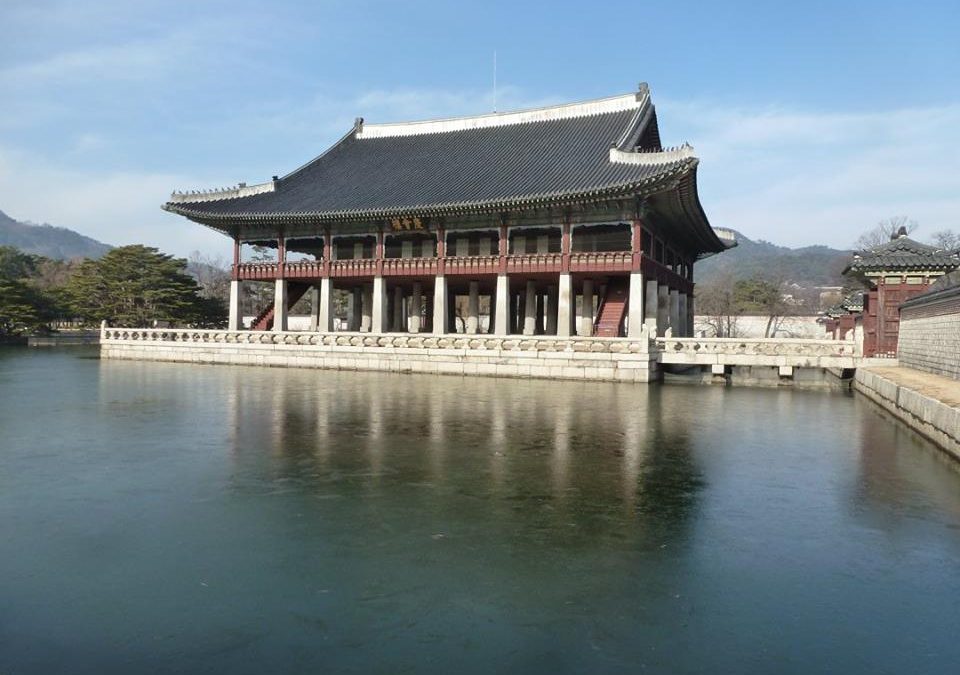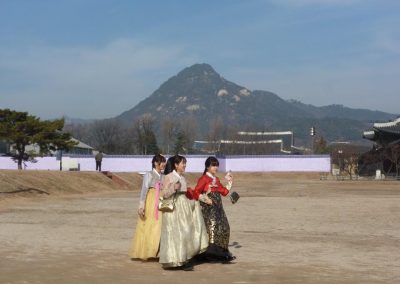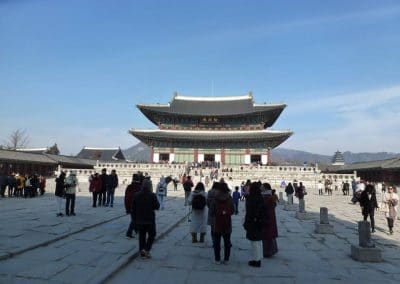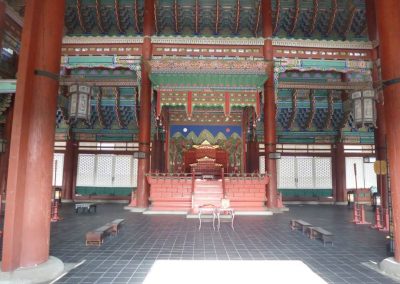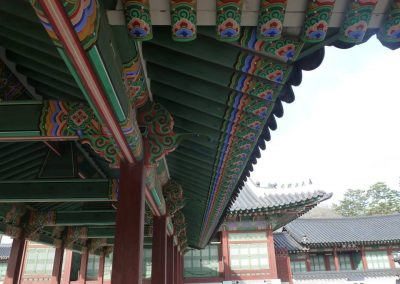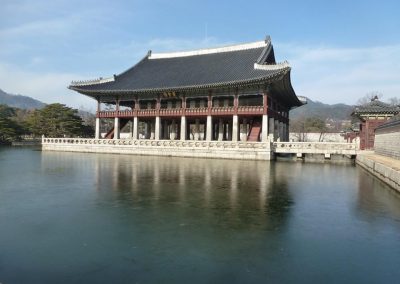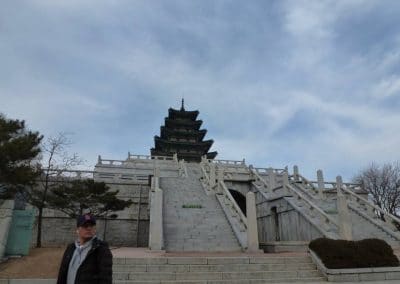Seoul. A city famous for its pop stars, high cost of living, and food. It’s also a city steeped in history. For the purpose of this article, I’d like to home in on a slice of its regal history; Gyeongbokgung Palace.
History.
Built in 1395, the palace is commonly referred to as the “Northern Palace” thanks to it’s location (further north than its counterparts, Changdeokgung and Gyeonghuigung). It’s the largest of Seoul’s five palaces, and the most beautiful. Sad to note, it isn’t the original structure; this burned down between 1592-1598 during the Imjin War. Between the years 1852 and 1919, all buildings were rebuilt by Heungseondaewongun during King Gojong’s reign.

But why was it built? Well it served as the main palace of the Joseon Dynasty, housing both the Kings and government. Of course, the palace was abandoned after it’s destruction, for two centuries. During it’s restoration and rebuild, 7.700 rooms were rejuvenated, and a total of 500 buildings were reconstructed, spanning 40 hectares. Today, a visit to Gyeongbokgung Palace can include a visit to the National Palace Museum of Korea, and the Folk Museum of Korea, both of which sit within the same grounds.
Visiting.
Don’t have a car? Take the train and you’ll find a stop attached to the palace, barely a two minute walk to the Main Gate. You can either choose to enter the first of six outer courtyards using the side entrance near the station, or you can walk round and go through the main gate, which I recommend as it is very beautiful. This will also put you right by the ticket office. There are fees for adults, children, and groups, and people who choose to visit in the traditional dress of Korea (the hanbok) can enter for free (there are plenty of rental shops close by, it’s fun but it’s not cheap). Once you have your tickets, cross the court yard and enter the main body of the palace. Having no prior knowledge (a friend recommended visiting), I was taken aback by how big it is. The best thing to do to enjoy all of it, is adopt a leisurely pace, choose a direction, stick to it, then meander the other way once you’ve covered that part.

It’s beautiful. The architecture is sympathetic to that of the palace’s original, and is exceptionally detailed. Stop for a moment to admire the intricacies of the paintwork, the lines of the roof patterns, and the way buildings seem to keep appearing the deeper you venture. A particular favourite for me was the banquet hall; it sits in the centre of a large lake, and appears to float serenely atop it. What a wonderful view it must have afforded its occupants. Due to its size, a full day can be spent here, especially if you factor in the museums. If not, a good chunk of it can be seen in a few hours, though I implore you to try and see all of it.
It’s open daily except Tuesdays, and times vary depending on season. They are:
November-February 09:00-17:00
March-May 09:00-18:00
June-August 09:00-18:30
September-October 09:00-18:00
Visitor fees are as follows:
Korean Citizens:
Adults (ages 25-64): 3,000 won / Groups (10 people or more): 2,400 won
International Visitors:
Adults (ages 19-64): 3,000 won / Groups (10 people or more): 2,400 won
Children (ages 7-18): 1,500 won / Groups (10 people or more): 1,200 won
Integrated Palace Ticket:
– Four Palaces (Changdeokgung Palace (including Huwon, Secret Garden), Changgyeonggung Palace, Deoksugung Palace, Gyeongbokgung Palace) and Jongmyo Shrine. Ticket is 10,000 won and is valid for use for three months after purchase. Non-refundable once first place is visited.

I didn’t have time to take advantage of the Integrated Palace Ticket on my last visit, but if you do, it’s worth buying. It offers great value and convenience.
Want to learn more? Visit the official website here.

